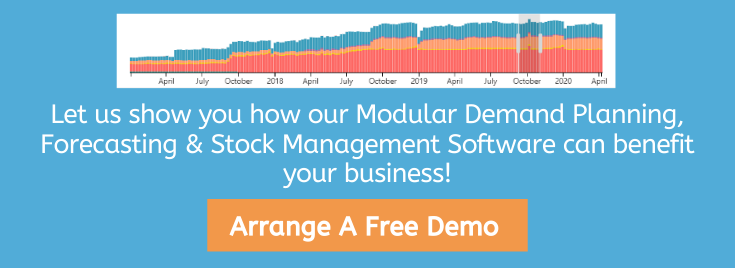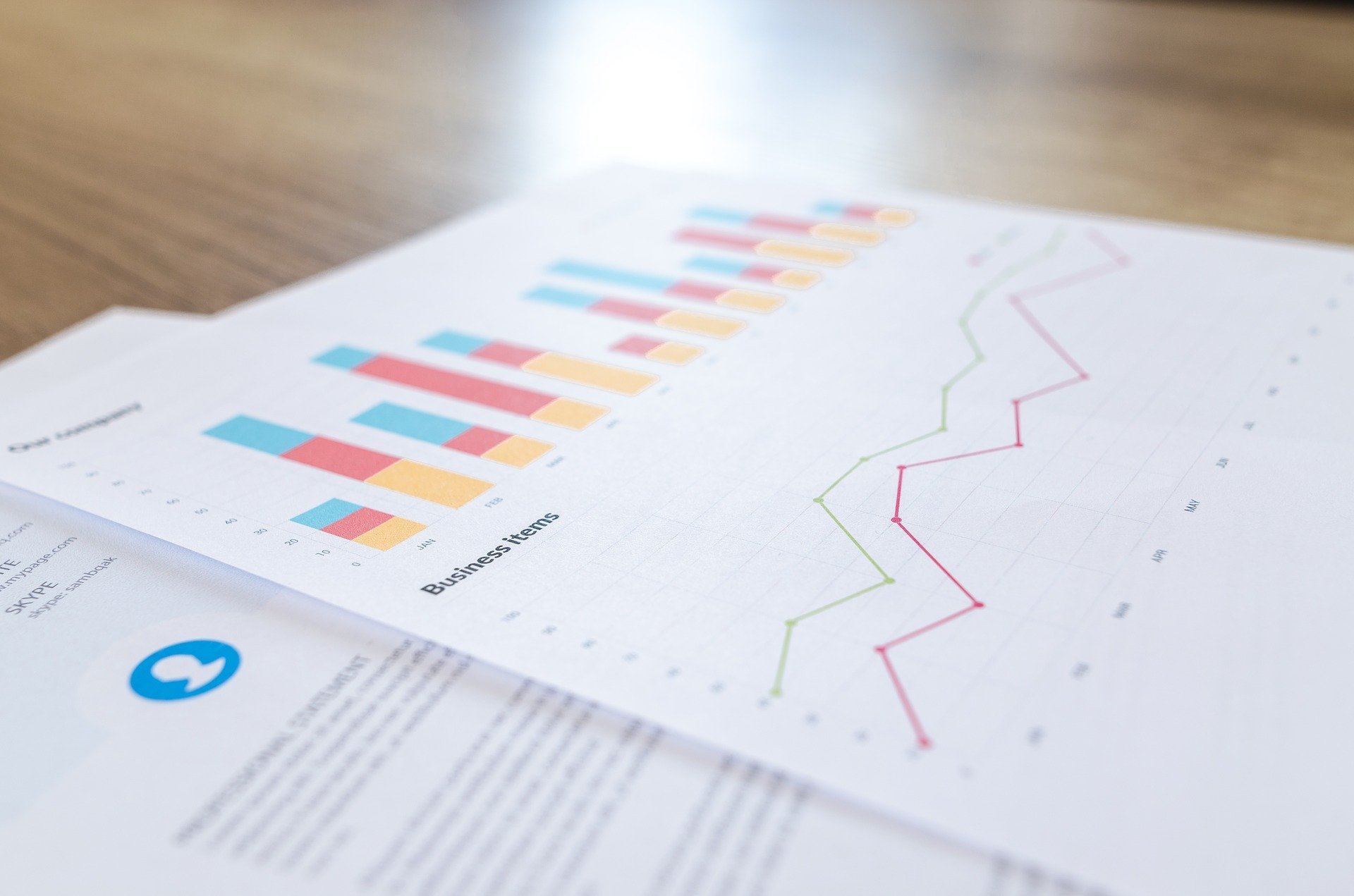Do you ever wish that you could see what’s around the corner? In the world of business, being prepared can make all the difference. Thankfully, software innovations are revolutionising the way that companies can ready themselves for the future. Here’s what you need to know about statistical forecasting.
What is statistical forecasting?
No matter how random life may seem, we live in a world of patterns. Take the recent pandemic, for example. Although apparently taking most of the world by surprise, The World Health Organisation (WHO) had been predicting the precise scenario since the late 1970s. According to the WHO, historical data made it not just a statistical likelihood, but a “statistical certainty.”
If those statistics had been taken seriously, contingency plans could have been made, PPE stockpiled, and both the public and the economy prepared. This is the power of statistical forecasting, and is the reason that everything from Wall Street to GDP, from weather reports to seasonal uplifts, from sales to advertising campaigns, rely upon it.
How does statistical forecasting work?
Statistical forecasting gathers and analyses quantitative information. This can be quite straightforward. For instance, there have been ten ‘white Christmases’ in southern England since 1960, resulting in an overall percentage of around 6%. However, most statistical forecasting uses multiple streams of historical quantitative data to build a much fuller picture. In the case of snow at Christmas, variables might include the behaviour of the Jet Stream, temperature of the Gulf Stream, CO2 levels, equatorial precipitation, and so on, enabling academics to make much more accurate predictions.
Exactly the same process occurs in corporate forecasting. The more information that is gathered, the more patterns emerge, and the more effective the demand predictions become.
How can statistical forecasting benefit a business?
The survivors in the organisational arena are businesses that are lean, agile, and alert. This goes much deeper than simply being able to predict that Christmas will be busy, and hot days will clear the shelves of BBQs. Rather, it looks at broader patterns of consumer behaviour, examining the influence of political shifts, economic change, sociocultural evolutions, and competitor success on purchasing habits. Failure to take such monumental background influence into account has led to some notable disasters, such as the demise of Blockbuster Video and Nestlé’s infamous failure to acknowledge the ethical side of its consumer base.
For SMEs, advanced statistical forecasting therefore looks beyond the numbers and brings tangible meaning to them. This converts directly into preparedness, and therefore competitive advantage.
Saving time, saving money
Statistical forecasting as a strategic approach is nothing new. However, traditional methods are time-consuming, expensive, and prone to errors. The analogue approach relies upon spreadsheets, which must be both meticulously maintained and carefully analysed in order to construct meaning. With automated software the process is rapid and accurate, with the results presented in an accessible format. Demand forecasting platforms also enable data streams to be tweaked for KPIs, optimising the technology for individual setups.
What next?
Demand forecasting uses the power of patterns and statistical analysis to increase strategic accuracy whilst bringing time and cost benefits. To learn more about how to give your organisation a competitive edge, please get in touch today.

Image Source: Pixabay
